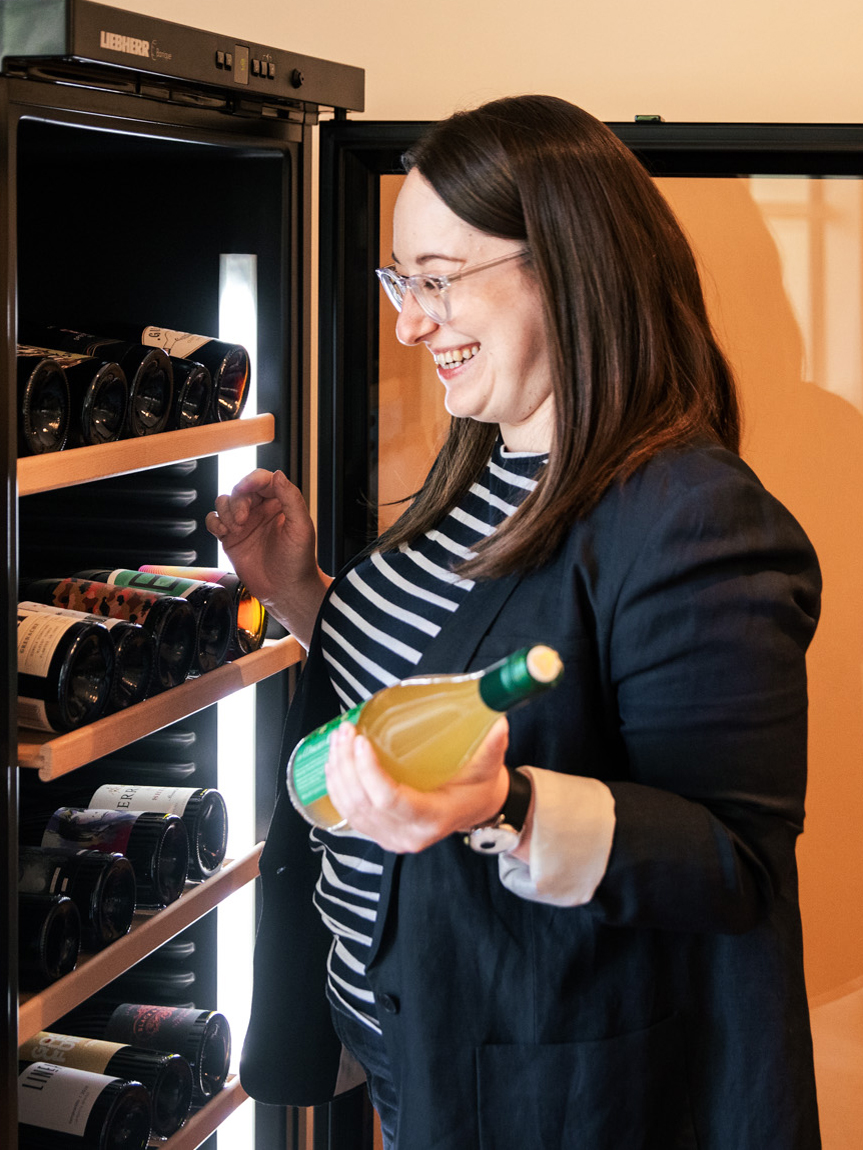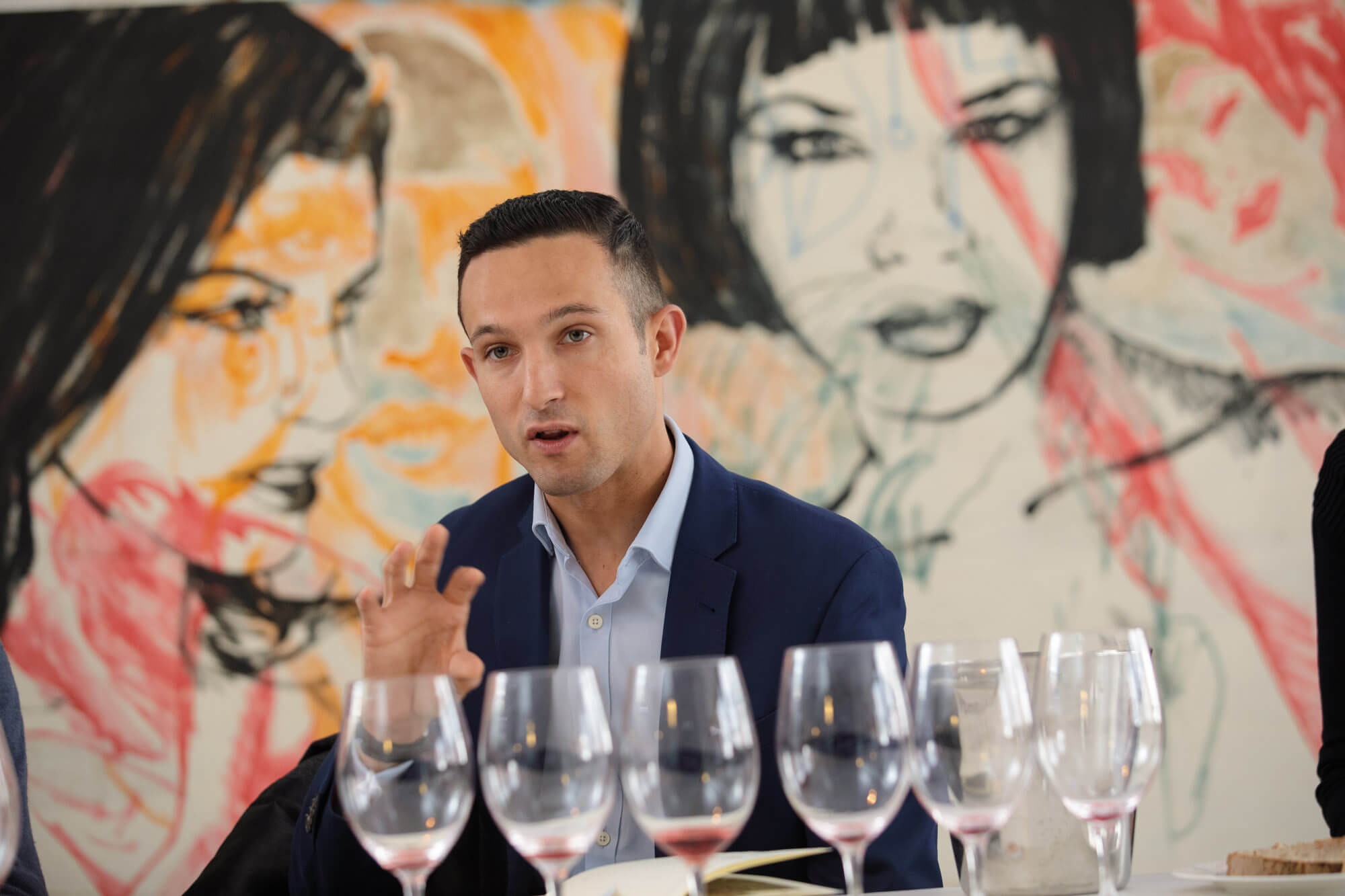The 2023 Wineslinger Trophy Winners
The 2023 Wineslinger Awards – the sixth annual edition of the wine guru’s guide to the best haunts in Australia right now – have just been announced, with the winners crowned at a trophy presentation in Melbourne.
In many red wine varieties, full maturity is only achieved after more than 10 years in cellar. At this point, reds begin to lose colour, often turning a brickish brown, but they gain richer textural qualities, from a leathery chew to a silky flow through the mid-palate. Leanne Altmann, of the Trader House Group (Gimlet, Cutler & Co., Cumulus etc.), points to nebbiolo from the Piedmont region of northern Italy being a prime example, with its sturdy tannin profile unwinding gradually over time, as it similarly does with dark, inky primitivo from southern Italy.
“If you’ve got doubts, contact the winery and ask their cellaring advice. They always want their wines to look their best, so their recommendations are usually very accurate.”
The same benefits come from ageing cabernet sauvignon for at least seven years, especially with tannins softening into a velvety plushness. However, changing winemaking styles and oak usage across many Australian regions mean that you have to do your homework to select the right wines for maximum cellaring. “If you’ve got doubts, contact the winery and ask their cellaring advice,” says Altmann. “They always want their wines to look their best, so their recommendations are usually very accurate.”
Most shiraz benefits from medium-term cellaring (4–7 years) unless it has a particularly high oak influence and alcohol content that demands more than a decade to fully integrate. Altmann likes mature pinot noir that brings an earthy “forest floor” character to the wine, but again, this becomes a wine-by-wine proposition that depends on acidity and oak influence, amongst other vintage-specific factors.
Loic Avril, from the Lucas Group, also points to vintage fortified wines. Look to the specialist fortified producers from the Porto region of Portugal, Rutherglen in northern Victoria and veteran Barossa fortified stalwarts such as Seppeltsfield. “Let’s keep this cellaring process simple; choose fortified wines, which are specifically designed for ageing. They last an eternity in the cellar, and the longer they age, the more those complex characteristics come to the foreground.”
The broader family of white wines can be overlooked by collectors, but high-acid varieties are noted for developing exciting characteristics through a decade of ageing. Riesling – especially from the Clare Valley, Eden Valley and Frankland River, as well as from Alsace and the Mosel region of Germany – moves through a lengthy transition from bright citrus in its youth, taking on deeper colour after about three years and more lush textures and secondary honeysuckle and marmalade notes that keep building for up to two decades in the cellar. Chenin blanc begins to shift after about three years in bottle, introducing honeyed and nutty notes that add rounded savoury character to the mid-palate. Semillon from the Hunter Valley can be especially challenging in its youth, with searing acidity and sharp citrus notes, but it transforms into a significantly different wine with softer lemon curd textures after a decade in bottle.


Foni Pollitt, sommelier and co-owner of Mayfair Lane in West Perth, says chardonnay presents a tricky cellaring proposition, due to so many different styles influenced by varied winemaking techniques and oak usage. Many modern Australian styles are lean, fruit-driven expressions, but Pollitt also points to esteemed Margaret River chardonnay framed in expensive French oak, which benefits greatly from five or more years of ageing. White Burgundy ages gracefully through decades in the cellar. “Get familiar with the taste and style of any particular style of chardonnay before you choose to cellar it,” says Pollitt, “because some will benefit from age, and others won’t.”
Avril, who hails from the Loire Valley in France, has a strong attachment to the famed chenin blanc wines of this region. “I have tasted fantastic chenin blanc that is 45–50 years old. There are other, perhaps lesser known, varieties with high acidity that have remarkable cellaring potential, such as assyrtiko and Hungarian wines.”
Not every wine is going to improve with age. Some are deliberately designed to be consumed in their youth, so drink them fresh, when they are most lively. Also, some minimal-intervention wines with reduced or no sulphur additions can have a shorter shelf life, though not always, so ask questions. By comparison, wines with rich fruit concentration, powerful tannin structure, high acidity or alcohol – although always in balance – are often designed for cellaring, as these are elements that can fortify a wine against the effects of oxygen and time, and become more cohesive with age.
Although wines with a luxury price tag tend to be built with the intent for a long life in the cellar. Price is no definitive gauge of the ageing equation, with many bargains tasting sensational after cellaring. Some of this country’s iconic wines, think Clare and Eden Valley Rieslings, Hunter Valley semillon and shiraz, and Tahbilk’s legendary marsanne, are democratically affordable and will age positively for decades in the best vintages.
“The secret is to invest in quality,” says Avril. “Classic Bordeaux, Burgundy – these are built to age for many decades. They are tightly wound in their youth and may even seem out of balance in their juvenile years, but all the elements come together, and they become complete after years of laying down and relaxing in the cellar.”
No matter what wines you choose to keep and store for ageing, sommeliers are unanimous in advising that suitable cellaring conditions are required. You need a dark and cool location that is not disturbed by extreme vibrations, invasive light or fluctuating temperatures. Refrigerated wine cabinets are an ideal choice. “Consistency is the key,” says Altmann. “If you want wines to age gracefully, they shouldn’t be interrupted.”
If you’re uncertain about cellaring duration, buy wines that you like by the dozen and drink them at regular intervals – perhaps a bottle each six months or so – to see how they change as they age. “It’s a delicious way to go about educating yourself,” offers Altmann.
If you don’t have the patience to get cellaring right, the results can be very disappointing. “There’s a saying that there’s no such thing as good old wine, just good old bottles,” says Altmann, “and that highlights just how much variation there can be in older wines, especially those under cork. But when it works out right – wow, you get a wine that truly tastes magnificent.”
Please sign in or create account as candidate to bookmark this job
Please sign in or create account to save this search

Please sign in or create account as candidate to create a resume